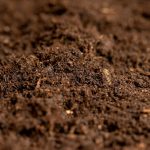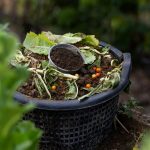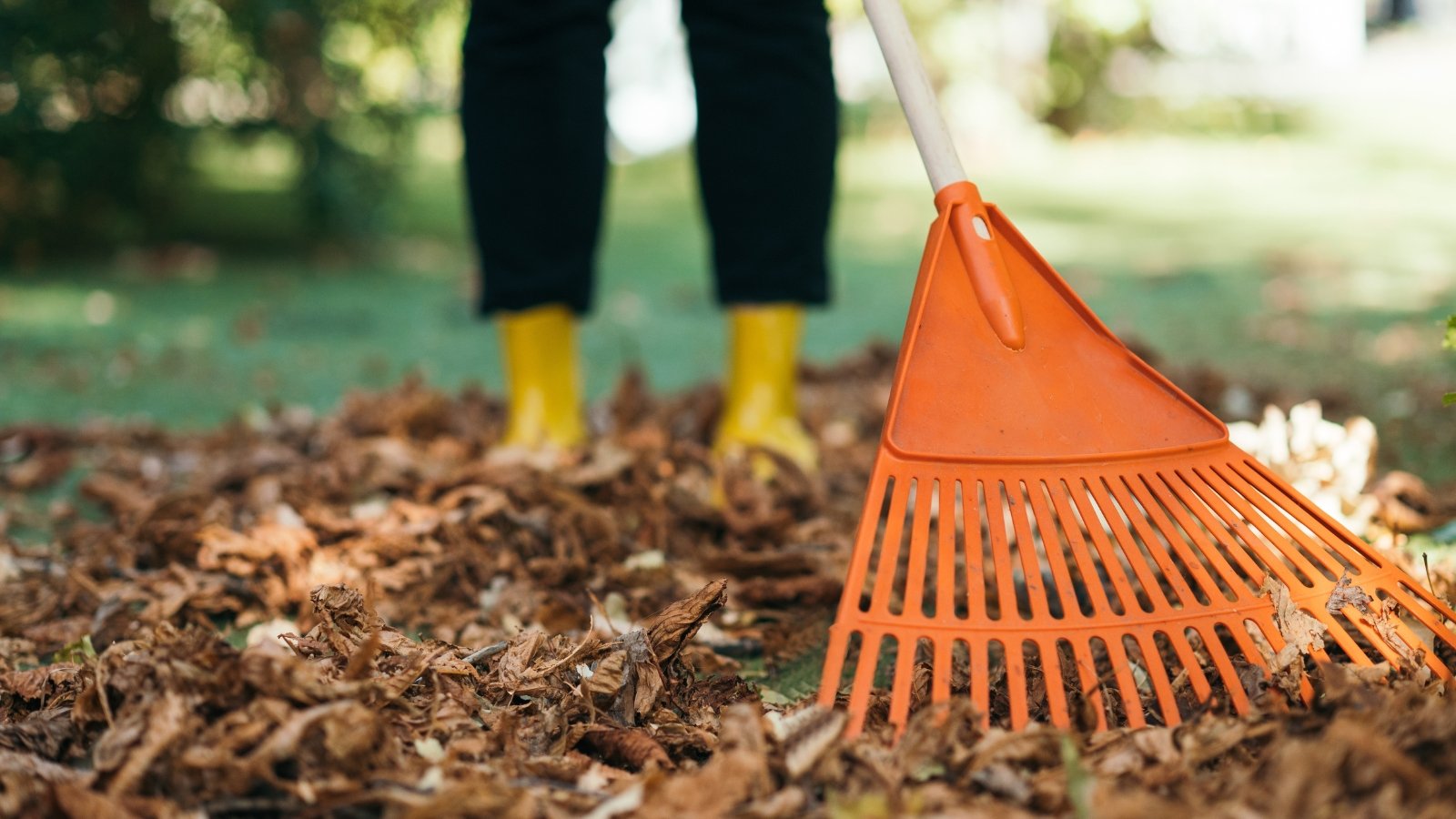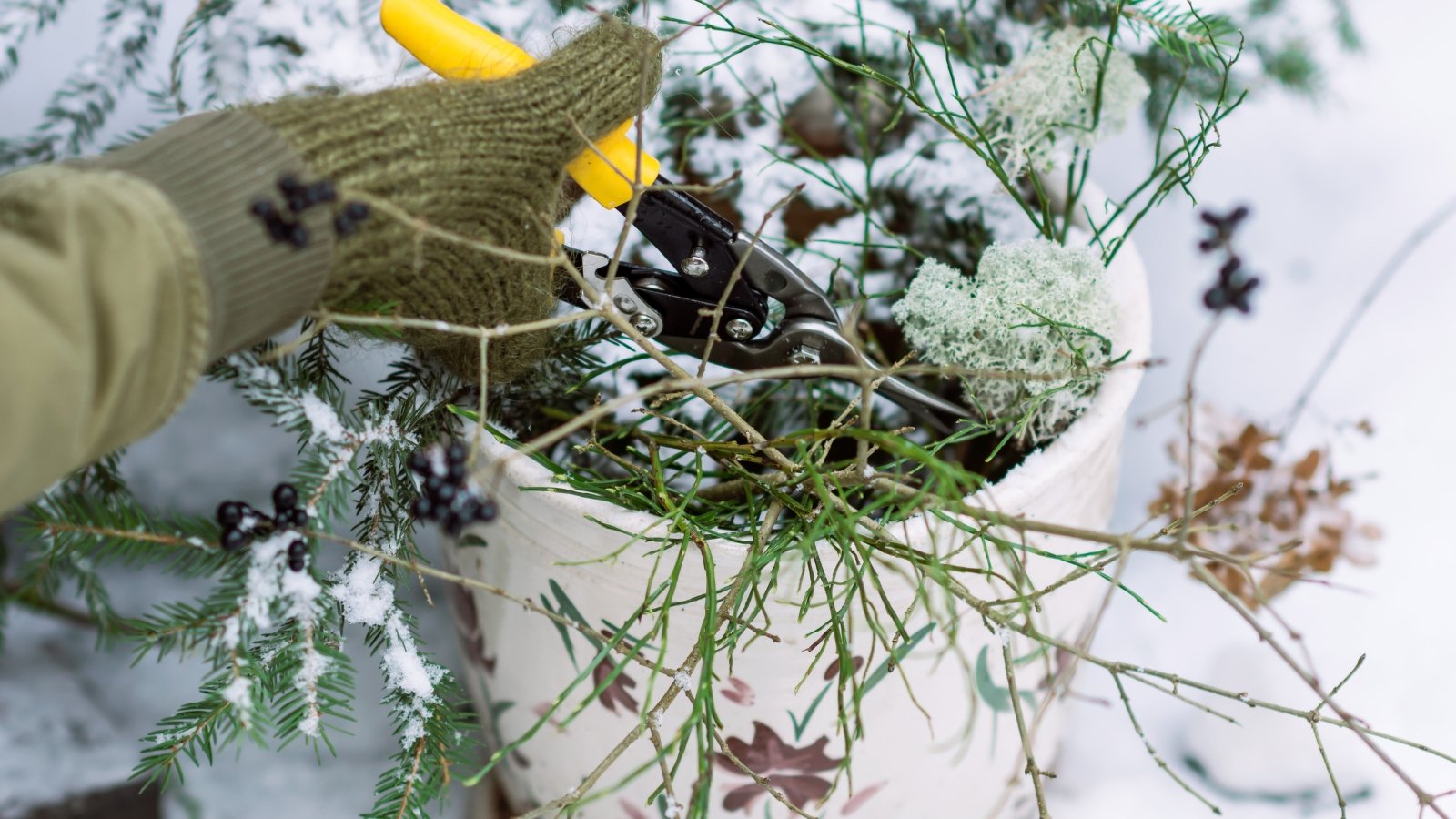[ad_1]
It’s useful to winterize your backyard earlier than the primary frost date in autumn. That approach, as soon as freezing temperatures arrive your crops shall be able to courageous the chilly. They’ll have additional safety to allow them to erupt in bloom as soon as spring heat arrives.
Different duties preserve the backyard wanting and performing its greatest. We’ll clear summer season particles, add mulch in every single place, and clear instruments and provides. Slightly work now means you’ll relaxation straightforward all through the chilly season. You may take a look at seed catalogs and plan your future layouts with out worrying concerning the present state of your backyard.
Some duties are extra vital than others. We’ll prioritize an important ones first and go down the listing so as of precedence. Every backyard is completely different, so some might be just right for you whereas others gained’t. Take inventory of your yard, and also you’ll know precisely which chores to prioritize this autumn.
Tie Up Weak Wooded Shrubs


Winter snow and ice threaten woody crops! Ice and snow are heavy, and so they can overwhelm branches to the purpose of breakage. Probably the most prone specimens embody arborvitae, younger rhododendrons and azaleas, and evergreen shrubs like boxwood. Utilizing a easy approach, we’ll preserve the ice and snow off their branches and guarantee breakage doesn’t happen.
Begin clearing any current snow off of the branches, and keep away from eradicating ice. As soon as all of the snow’s gone, use a rope to tie the branches upward. Upward sloping wooden prevents snow from build up and weighing down the specimen. It’ll be secure regardless of excessive winter storms.
Snow and ice are insulators, although, and good for shielding the soil. Allow them to sit across the base of your crops, and so they’ll act like an natural mulch. Once they thaw in spring, the moisture will assist early flowering bulbs and perennials emerge from the bottom with ease.
Insulate Container Crops
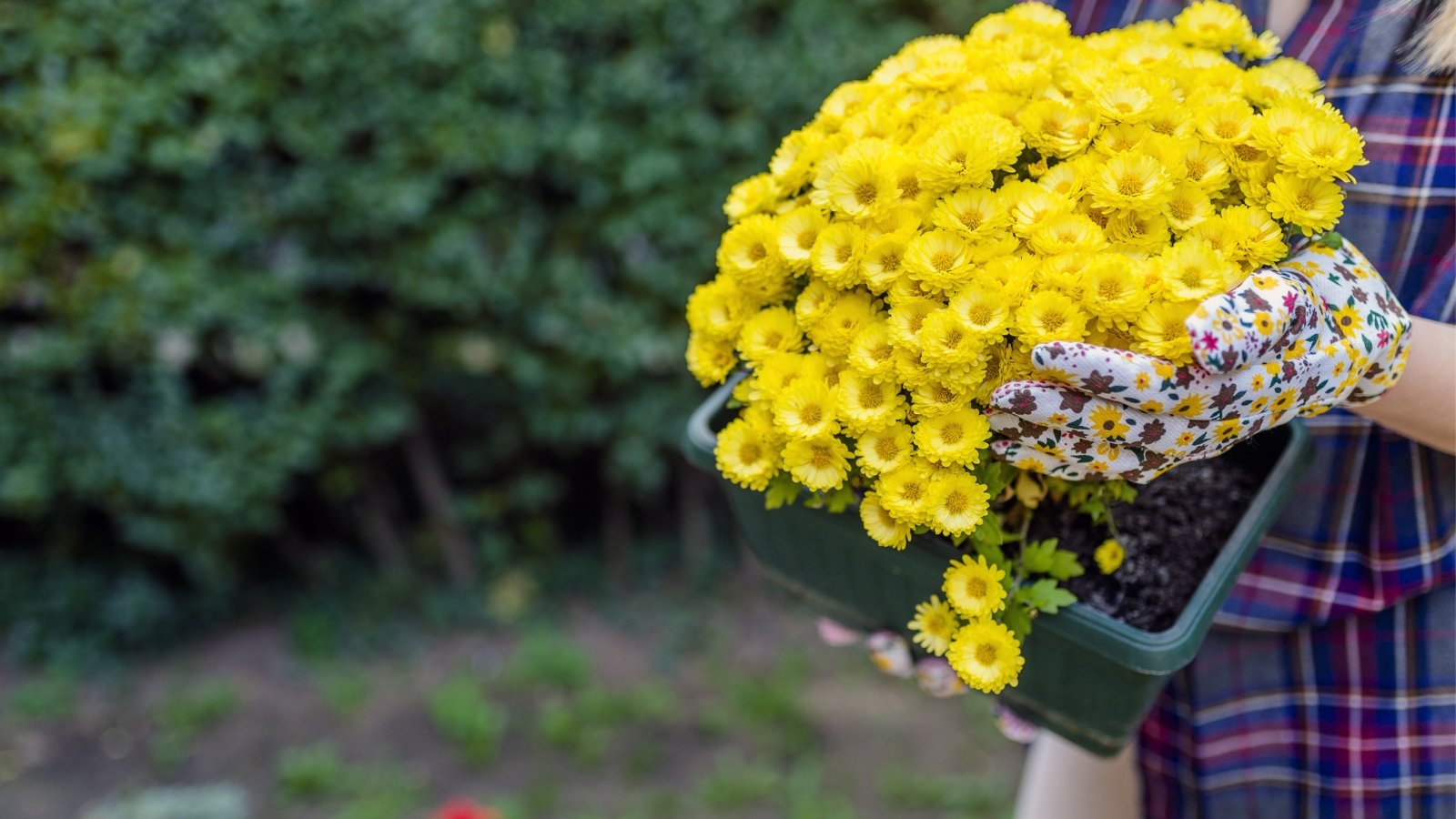

Filth protects crops from frost and ice. The deeper it goes, the hotter temperatures are. Container crops lack the luxurious of getting insulated roots and can want a change of tempo earlier than the primary frost date. Some species, like hardy junipers, survive year-round in containers open air with little safety. Others, like eucalyptus, want a protected spot to endure the chilly season.
Transfer frost-tender outside crops in containers to a location like a cool storage, chilly body, or protected porch or balcony. These spots present cowl from snow, rain, and ice—additionally they supply some heat in the event that they’re sealed or near giant buildings. When you lack these areas, use blankets, frost fabric, or plastic sheeting to insulate the pots.
Most tropical houseplants gained’t survive open air except you reside in USDA hardiness zone 10 or above. Some hardy houseplants will survive, like asparagus ferns or sure desert cacti. Most warmth-loving species want the safety of a home throughout winter. Wash their leaves, clear them of pests, and produce them indoors to a brightly lit location.
Cowl Tender Perennials
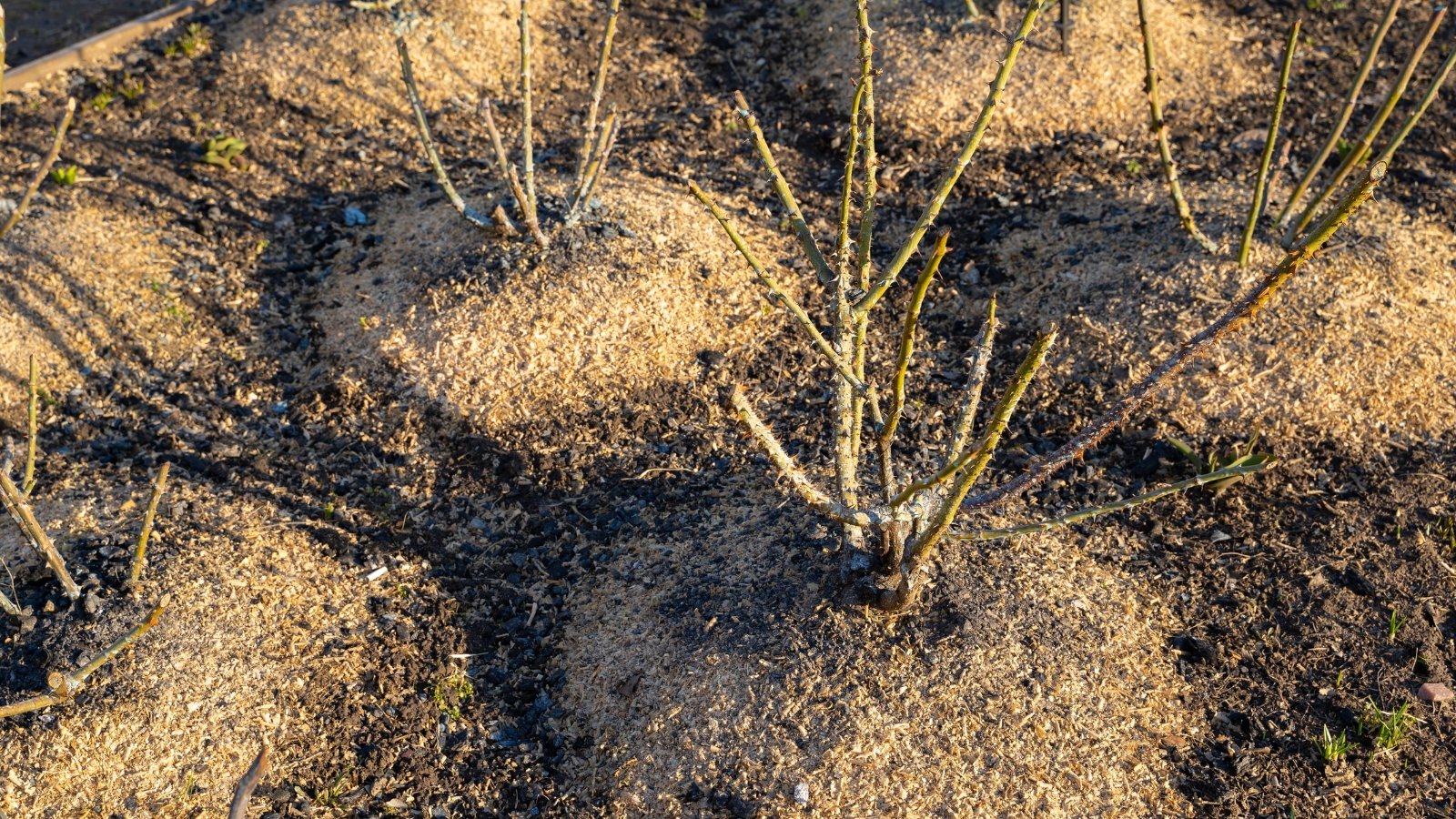

Herbaceous perennials are crops that die beneath floor throughout winter, whereas others are ones that lose their leaves and fortify their woody stems. They emerge with new progress in spring as soon as the climate warms and days lengthen. Some survive with out cowl in milder zones, although others are frost-sensitive and admire a thick mulch layer.
These are some widespread backyard perennials that admire insulation by way of mulch:
- Hardy Fuchsias
- Sages
- Dahlias
- Roses
- Pineapple Guava
- Canna
- Oregano
- Catnip
- Delicate Ferns
- Clematis
Use a thick layer of mulch like compost, fall leaves, or leaf mildew to insulate the basis zone. Cowl the crowns of species like hardy fuchsias, as they preserve some dwell vitality of their decrease branches throughout winter. The thicker the layer, the extra heat and insulation you present. Uncover these backyard specimens in spring to allow them to emerge with out challenge.
It needs to be famous that in climates with constant freezes, a few of these crops gained’t survive, even with a thick layer of mulch. On this case, look to your hardiness zone and examine it to the advisable zone for the species. It could be higher to develop some in containers, relying on the place you reside.
Verify Soil Moisture
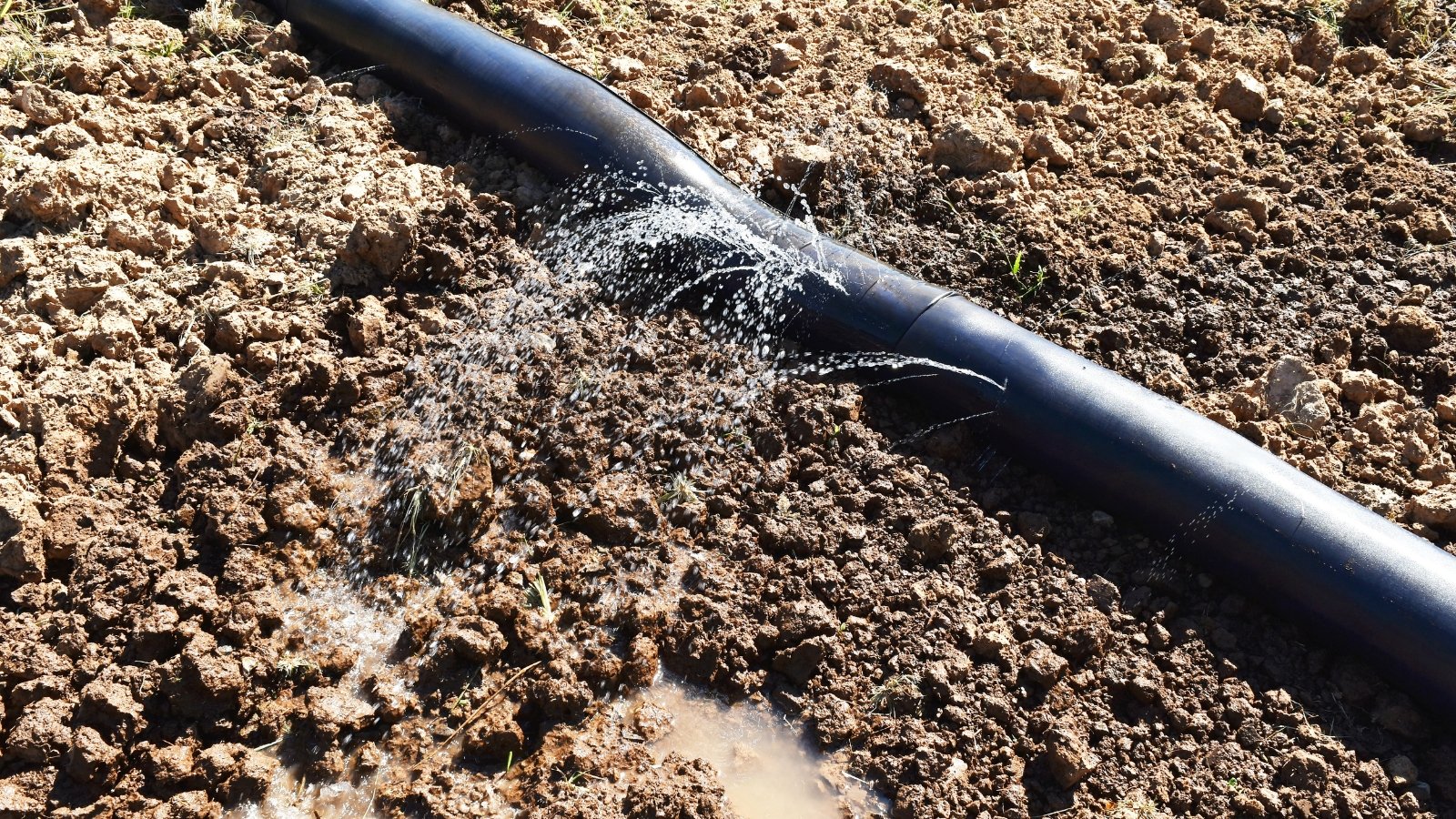

Soils often keep moist all through the winter, and most gained’t want extra irrigation. The areas that do require additional water are these mendacity beneath cowl—eaves, awnings, and guarded porches forestall moisture from falling into the grime. Chilly temperatures particularly threaten thirsty crops mendacity beneath them.
Holding winter soils moist retains crops alive! Guarantee no areas dry out. A simple method to check moisture ranges is with the finger check. Uncover the realm from any leaves or mulch, and stick your finger instantly into the bottom as deep because it goes. Maintain off on watering in case you sense moisture, and apply water if it’s dry.
It’s greatest to water on heat winter days early within the morning. This prevents untimely freezing, permitting the crops to drink earlier than the water turns to ice.
Amend Backyard Soils
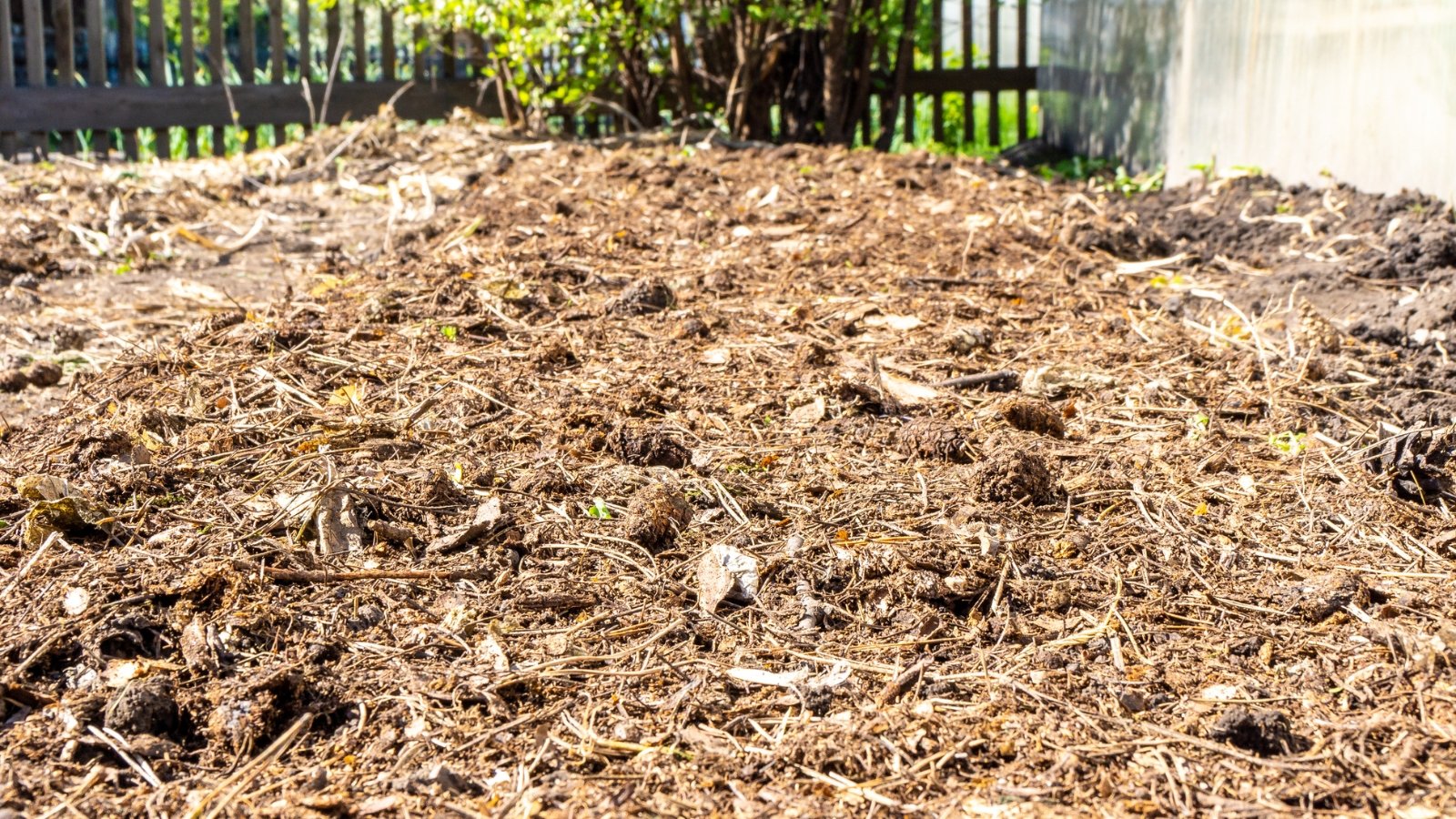

As winter approaches, you’ll see tomatoes, peppers, and annual wildflowers die again to the bottom. Their foliage turns black and mushy, and their stems fall over. You’ve gotten two choices for these areas: let the natural matter decay in place, or relocate it to a compost pile.
When you take care of the particles, start amending backyard soils with extra supplies. Apply a one to three-inch thick layer of mulch; supplies like compost, straw, and fall leaves work completely. You’ll need to use an natural materials that decays. Decaying mulches present vitamins for crops, host helpful soil microbes, and so they shield helpful bugs that overwinter within the cowl.
If the grime is compact, now can also be a very good time to aerate the soil. Use a soil aerator device made for the job, or just stab a pitchfork within the floor to create air pockets in dense earth. Thick mulch layers may even assist break up compact soils by including construction, porosity, and water retention.
Put together Lawns for Frost


Fall is a perfect season to put together your garden for winter. Cool, moist autumn climate causes grass to develop earlier than the primary frost date. To carry out its greatest subsequent spring, your garden will want a couple of mowings and layers of mulch. Begin by mowing so the grass is taller than through the rising season; preserve it between two and 4 inches tall.
A excessive grass blade peak protects and insulates the soil, stopping delicate roots from freezing. Whilst you’re mowing chances are you’ll come throughout fall leaves from close by timber. As a substitute of bagging them up or mowing them right into a bag, use a mulch plug! It retains the grass and leaves in the best way of the mower blade. As a substitute of sucking them right into a bag, it chops them up into tiny items and injects them into the bottom.
When you lack a garden mower with a mulch plug characteristic, strive gathering the leaves to make compost or leaf mildew. Then, as soon as the amendments are prepared, broadcast the mulch all through the garden. Handheld contraptions exist that make broadcasting straightforward. They spray small particles and work properly for dishing out mulch, fertilizer, and pH adjusters.
Begin a Compost Pile
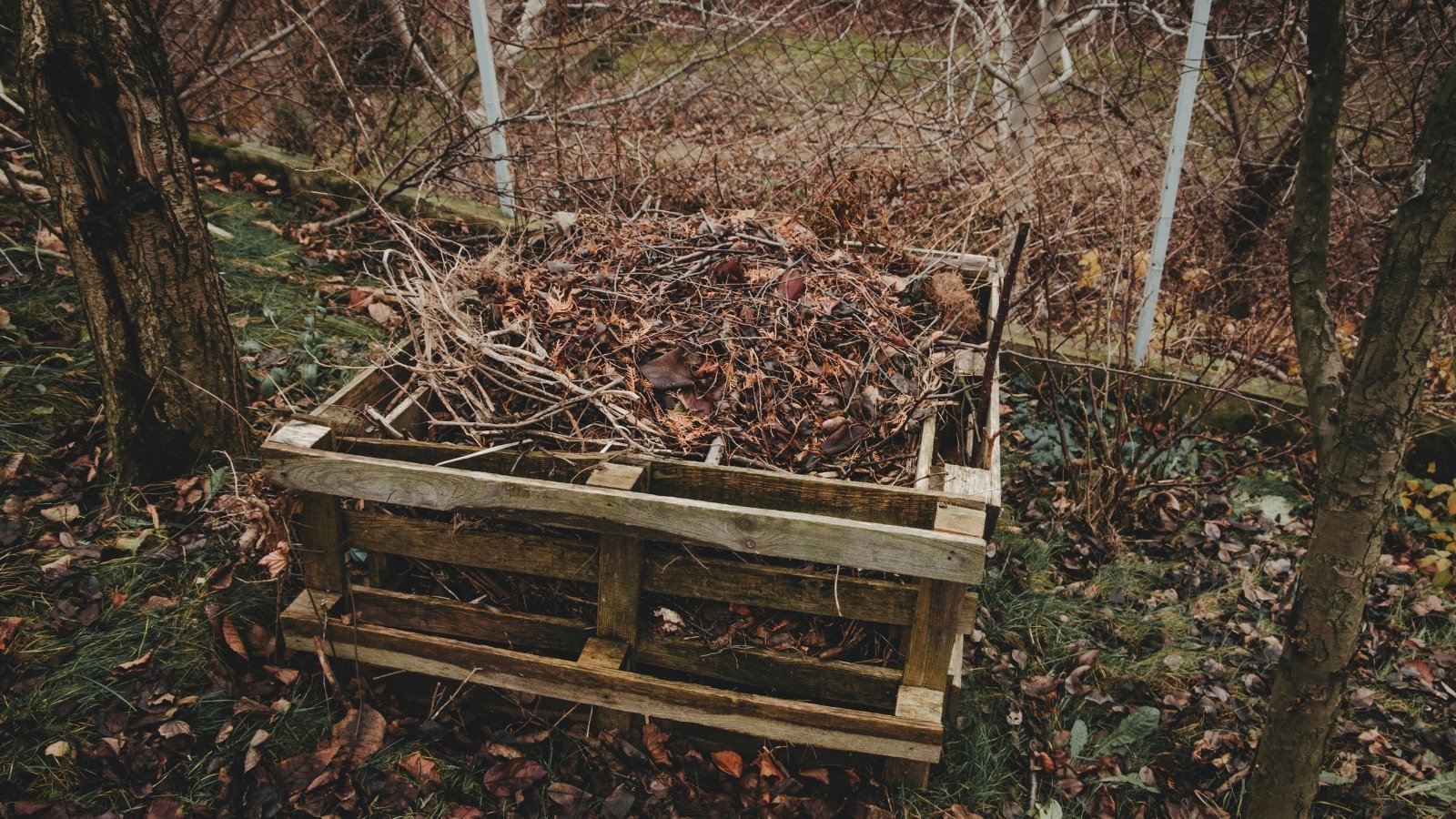

Compost piles are wonderful instruments for recycling waste. They flip rotting natural matter into fertile, black, crumbly soil filled with humus. Autumn is a perfect time to start out a compost pile as a result of natural waste lies in extra. Grass clippings, fall leaves, and fallen twigs are in every single place! Gather them, make a pile, and take care of it; you’ll have a free soil modification by springtime.
Compost wants a stability of two completely different supplies: greens and browns. Greens are fleshy plant cuttings, kitchen scraps, and grass clippings. They’re typically moist, fleshy, inexperienced, and wealthy in nitrogen. Browns are dry and filled with carbon. They’re issues like cardboard, paper, straw, and fall leaves.
Combine the waste in a pile at a 1:2 or 1:3 ratio of greens to browns. For each scoop filled with inexperienced waste you add, you’ll need to put two or three scoops of brown waste within the pile. A pile three ft extensive, tall, and lengthy is the proper dimension for fast decomposition.
Compost wants common turning and constant moisture. Turning entails utilizing a pitchfork to rotate the particles. This injects air into the pile and hastens decomposition. Flip your piles every day to create scorching compost, and month-to-month for chilly compost. Water the piles as typically as that you must preserve them at 50% moisture. They need to really feel like a wrung-out sponge if you grasp a clump of them.
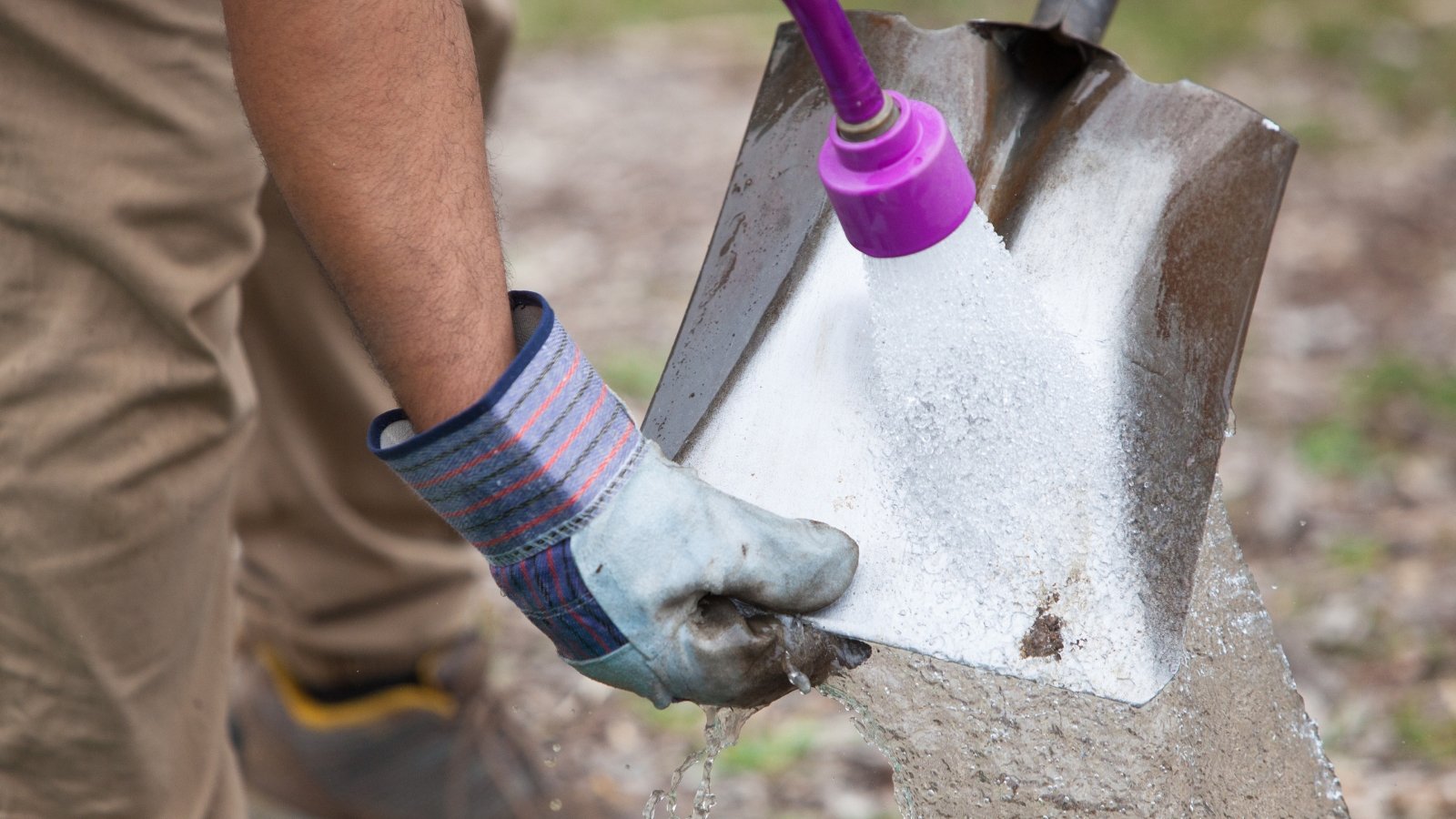

Winter provides us gardeners a number of free time! With out pruning, fertilizing, or amending not a lot else is there to do. As a result of we’re doing much less, you in all probability gained’t want to make use of your gardening instruments. Now’s the best time to clear, sanitize, and retailer them for the low season.
It’s additionally a good time to sharpen slicing instruments! Attempt sharpening with a whetstone or a handheld sharpener that’s straightforward to make use of. After sharpening, use rubbing alcohol to sanitize and clear off particles from the blades. I like to make use of a stainless-steel scrubbing pad to take away dry sap and particles. As soon as the instruments are clear, allow them to dry absolutely.
You could apply a lubricating or rust-preventative oil at this stage if the instruments want it. In any other case, retailer them in a cool and guarded location away from moisture. They’ll be sharp, clear, and illness free, so you may simply seize them and put them to make use of as soon as the climate warms.
Plant Winter Bloomers
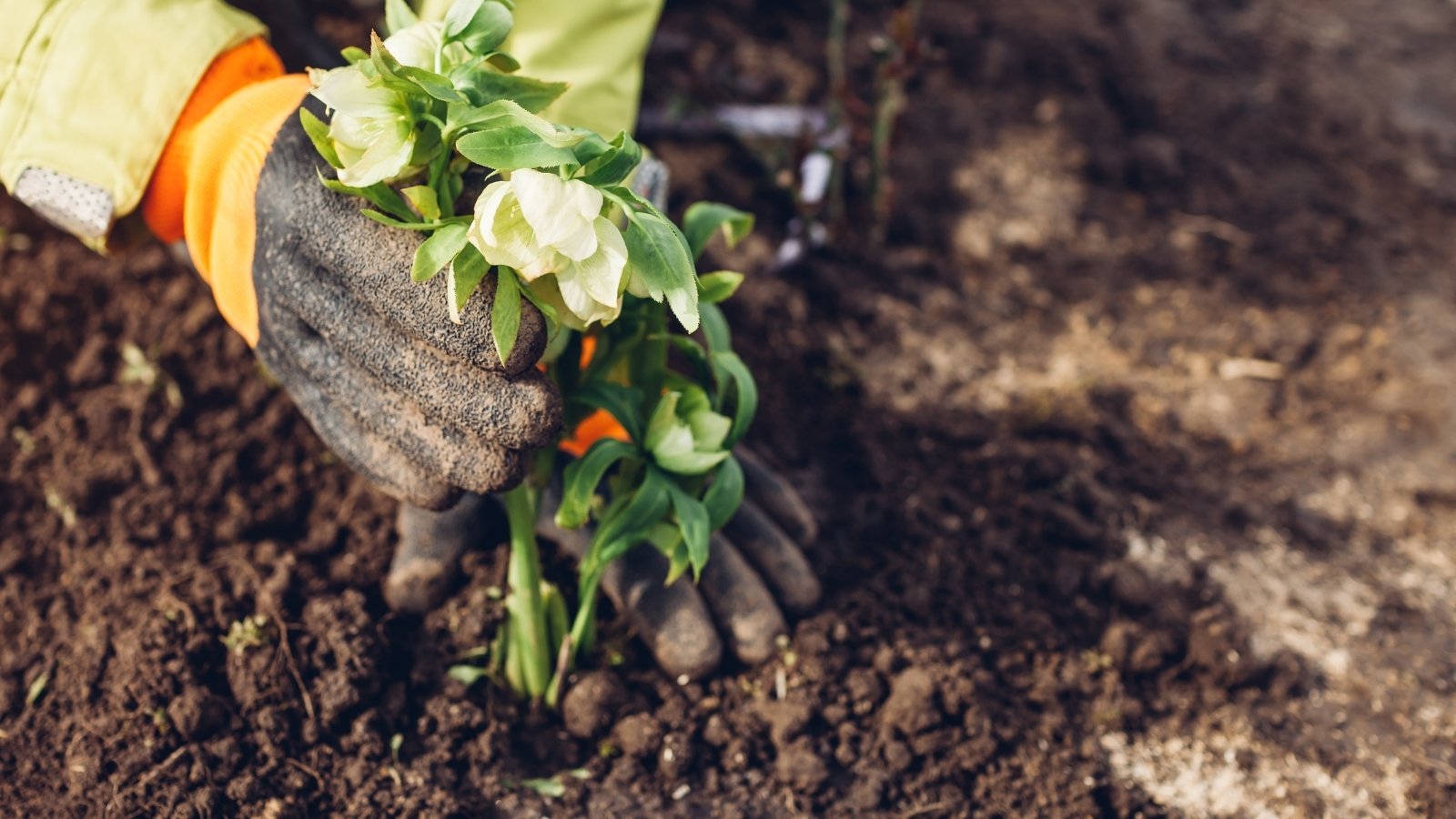

A winter backyard with blooms is feasible in a couple of temperate zones. When you dwell from USDA hardiness zones 6 and above, you may seemingly preserve pansies, hellebores, and violas in your backyard for early flowers through the chilly season. Hellebores bloom in early spring, whereas some pansies achieve this in fall and preserve going till spring.
It’s also possible to plant winter annuals now in chilly climates beneath zone 6. Your crops might die throughout winter, however they’ll present some fall coloration and wildflowers till they tucker out. Different superb fall species are chrysanthemums, ornamental peppers, and American asters.
Whereas planting cold-loving species, you can even plot out your future backyard format for subsequent spring. Take inventory of the empty areas you’ve got, the situations they obtain, and what crops may develop in them. With a bit prep work now, you’ll have all the pieces in place for a profitable rising season subsequent 12 months.
[ad_2]



